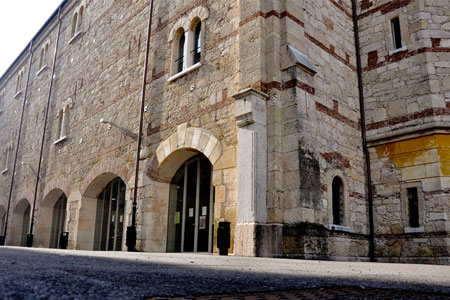| lezione |
D. Giuliani, M. M. Dickson |
Analisi statistica con Excel
|
Maggioli Editore |
2015
|
8838789908 |
|
| lezione |
M. R. Middleton |
Analisi statistica con Excel
|
Apogeo, Milano |
2004
|
|
|
| lezione |
F. P. Borazzo, P. Perchinunno |
Analisi statistiche con Excel
|
Pearson, Education |
2007
|
|
|
| lezione |
S. Bernstein, R. Bernstein |
Calcolo delle Probabilita', Collana Schaum's, numero 110.
|
McGraw-Hill, Milano |
2003
|
|
|
| lezione |
A. Azzalini |
Inferenza Statistica: Una presentazione basata sul concetto di verosimiglianza
(Edizione 2)
|
Springer Verlag Italia |
2001
|
9788847001305 |
Laurea in Matematica Applicata |
| lezione |
E. Battistini |
Probabilità e statistica: un approccio interattivo con Excel
|
McGraw-Hill, Milano |
2004
|
|
|
| lezione |
D. Piccolo |
Statistica
|
Il Mulino |
2000
|
8815075968 |
|
| lezione |
S. Bernstein, R. Bernstein |
Statistica descrittiva, Collana Schaum's, numero 109
|
McGraw-Hill, Milano |
2003
|
|
|
| lezione |
S. Bernstein, R. Bernstein |
Statistica inferenziale, Collana Schaum's, numero 111.
|
McGraw-Hill, Milano |
2003
|
|
|
| lezione |
D. Piccolo |
Statistica per le decisioni
|
Il Mulino |
2004
|
8815097708 |
|
| lezione |
P. Klibanoff, A. Sandroni, B. Moselle, B. Saraniti |
Statistica per manager
(Edizione 1)
|
Egea |
2010
|
9788823821347 |
|
| lezione |
G. Cicchitelli |
Statistica: principi e metodi
(Edizione 2)
|
Pearson Italia, Milano |
2012
|
|
Libro di testo |
| lezione |
D. M. Levine, D. F. Stephan, K. A. Szabat |
Statistics for Managers Using Microsoft Excel, Global Edition
(Edizione 7)
|
Pearson |
2014
|
0133061817 |
|








